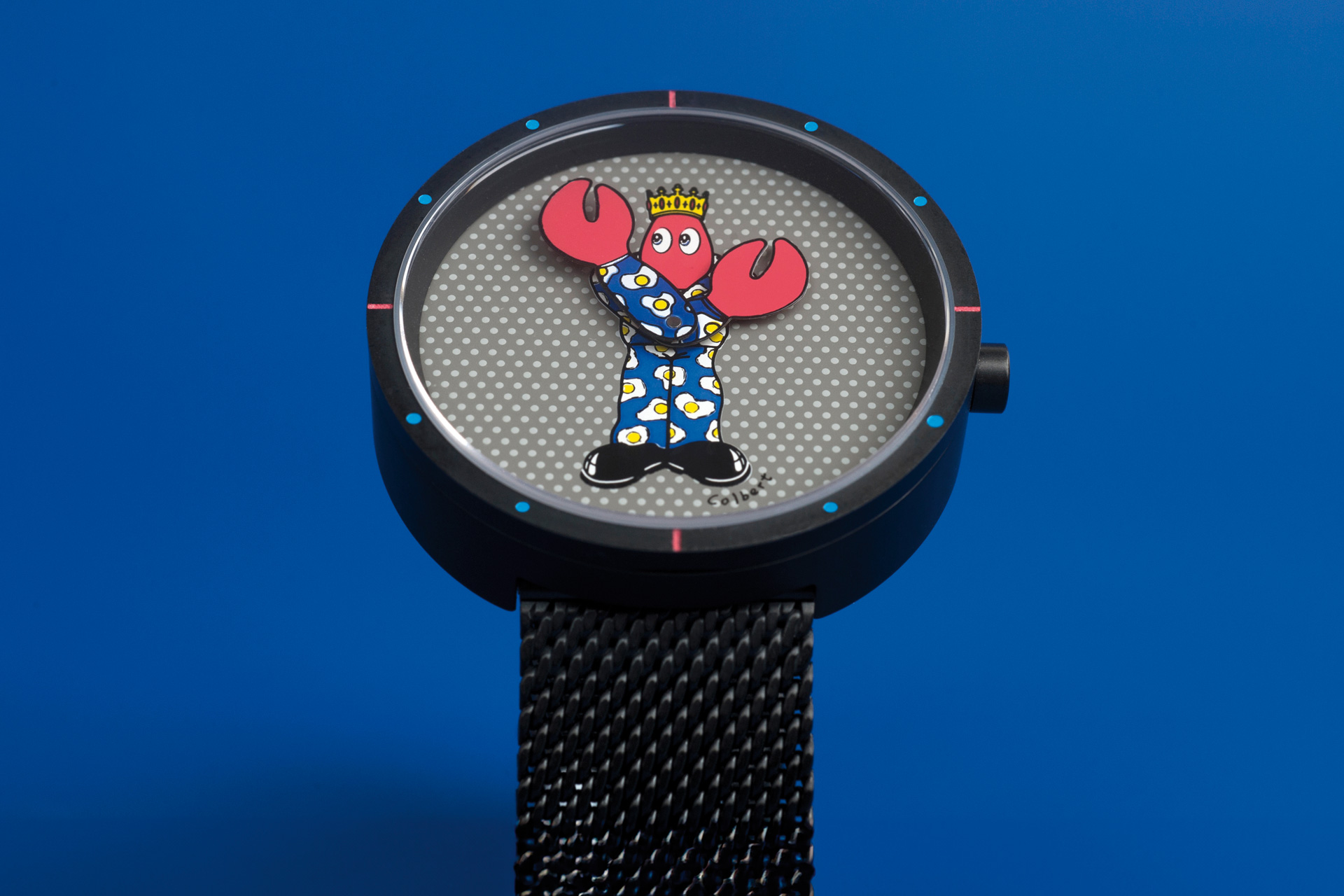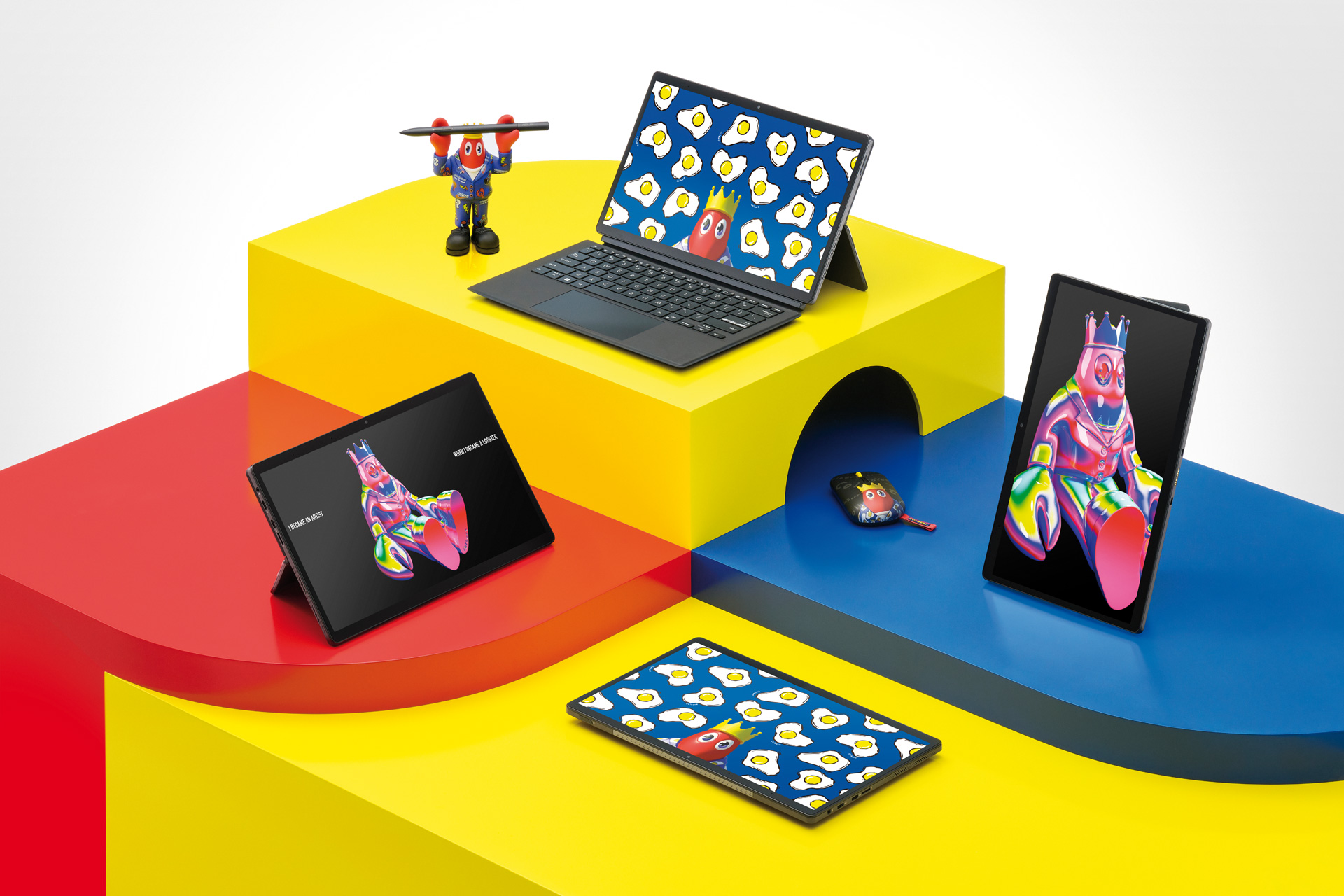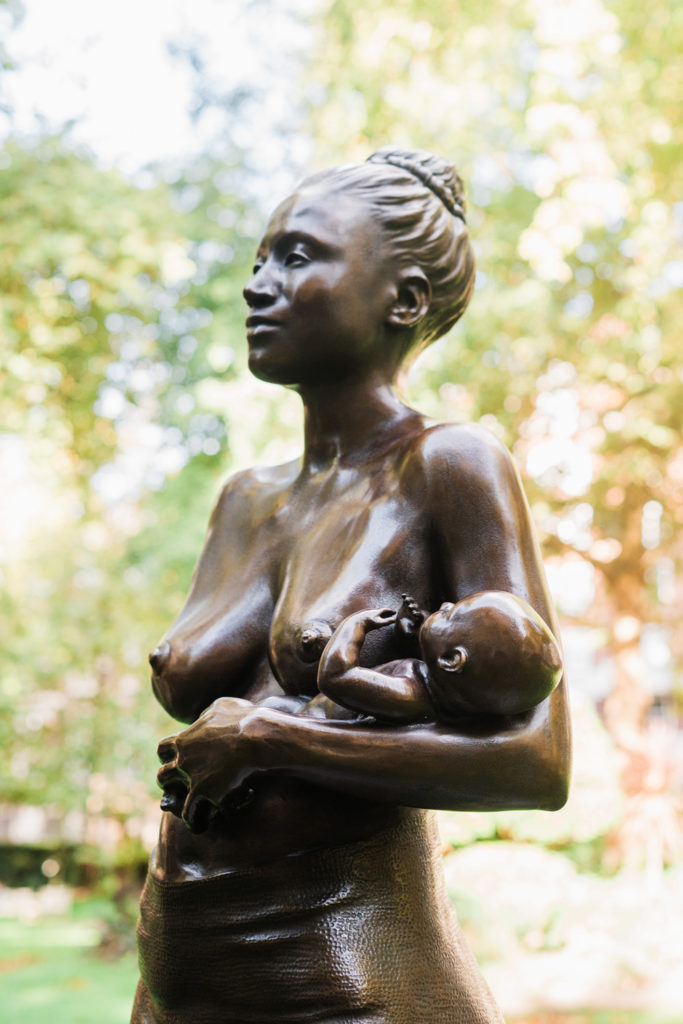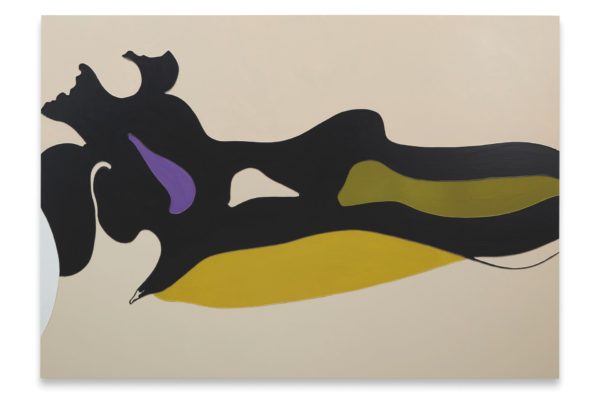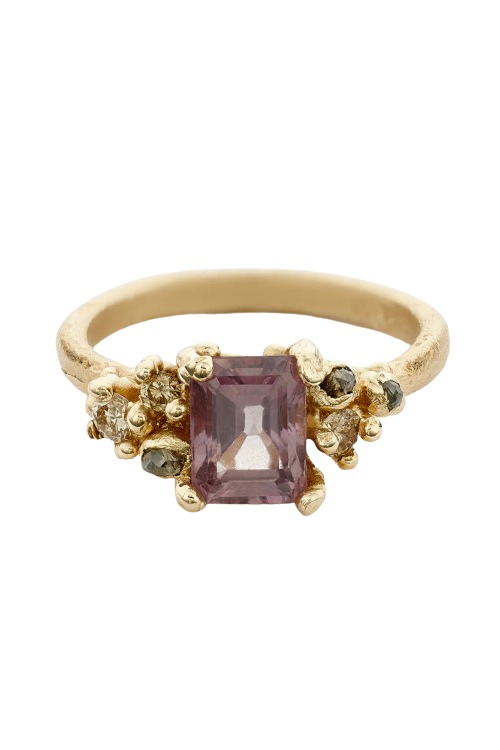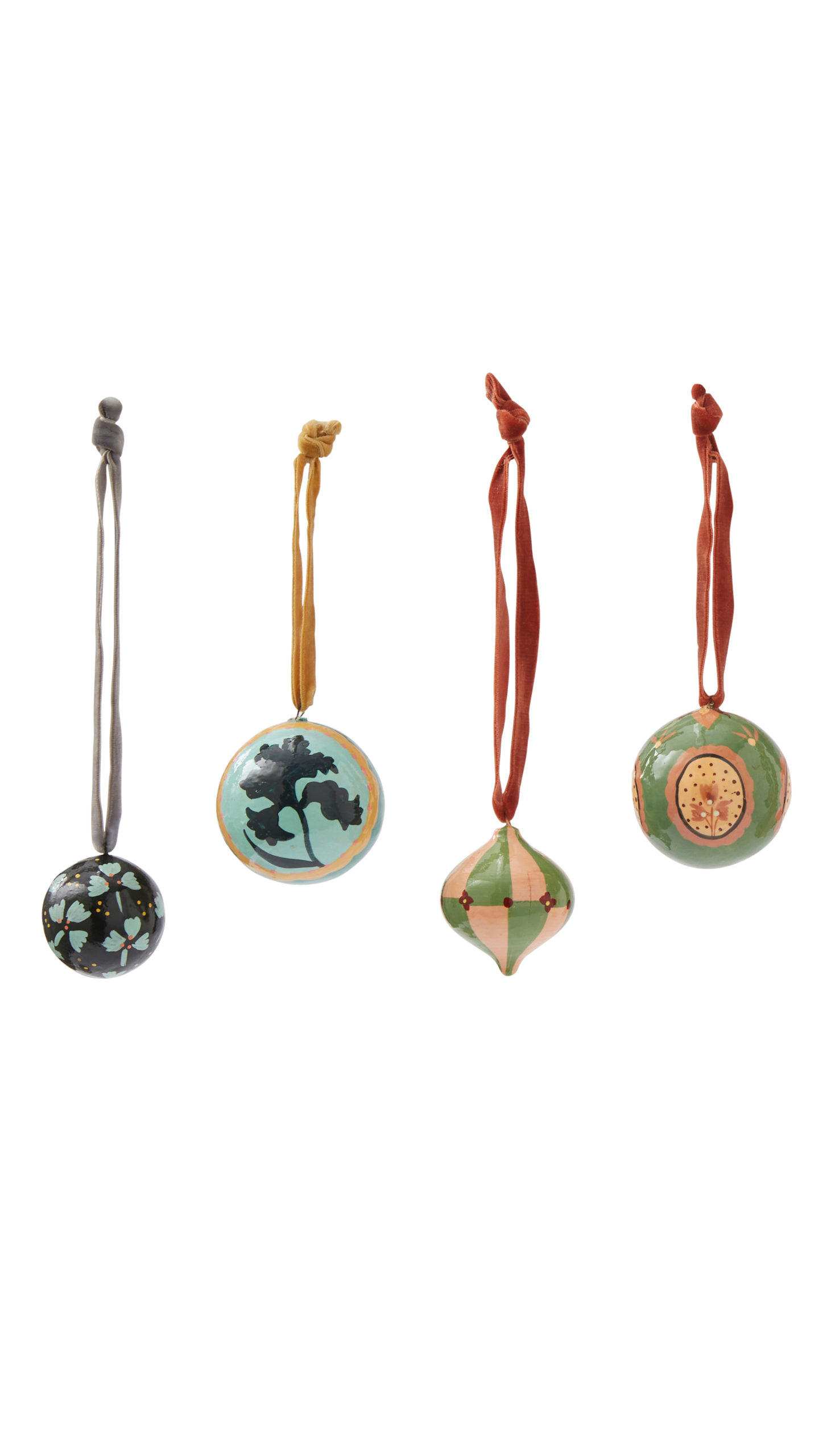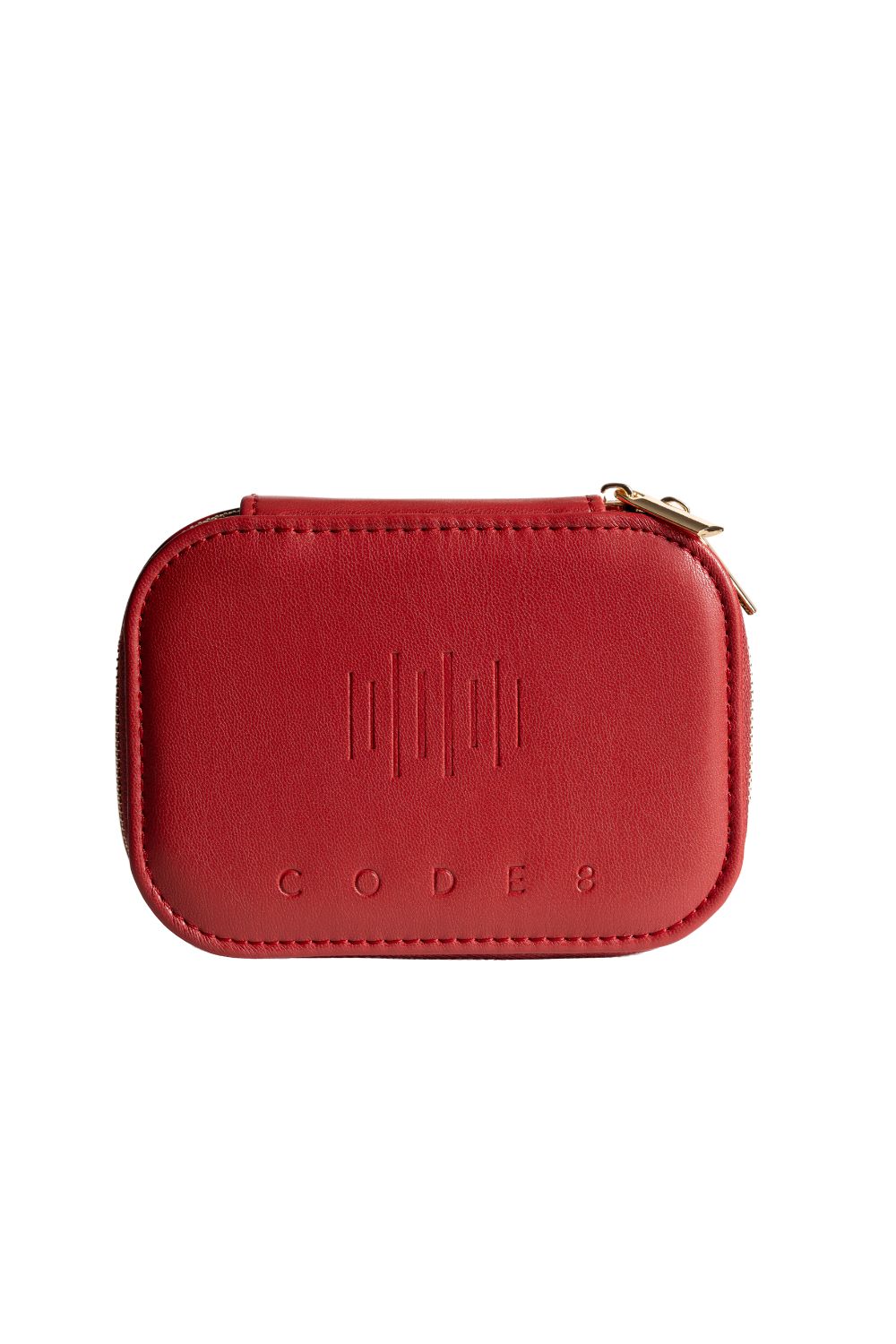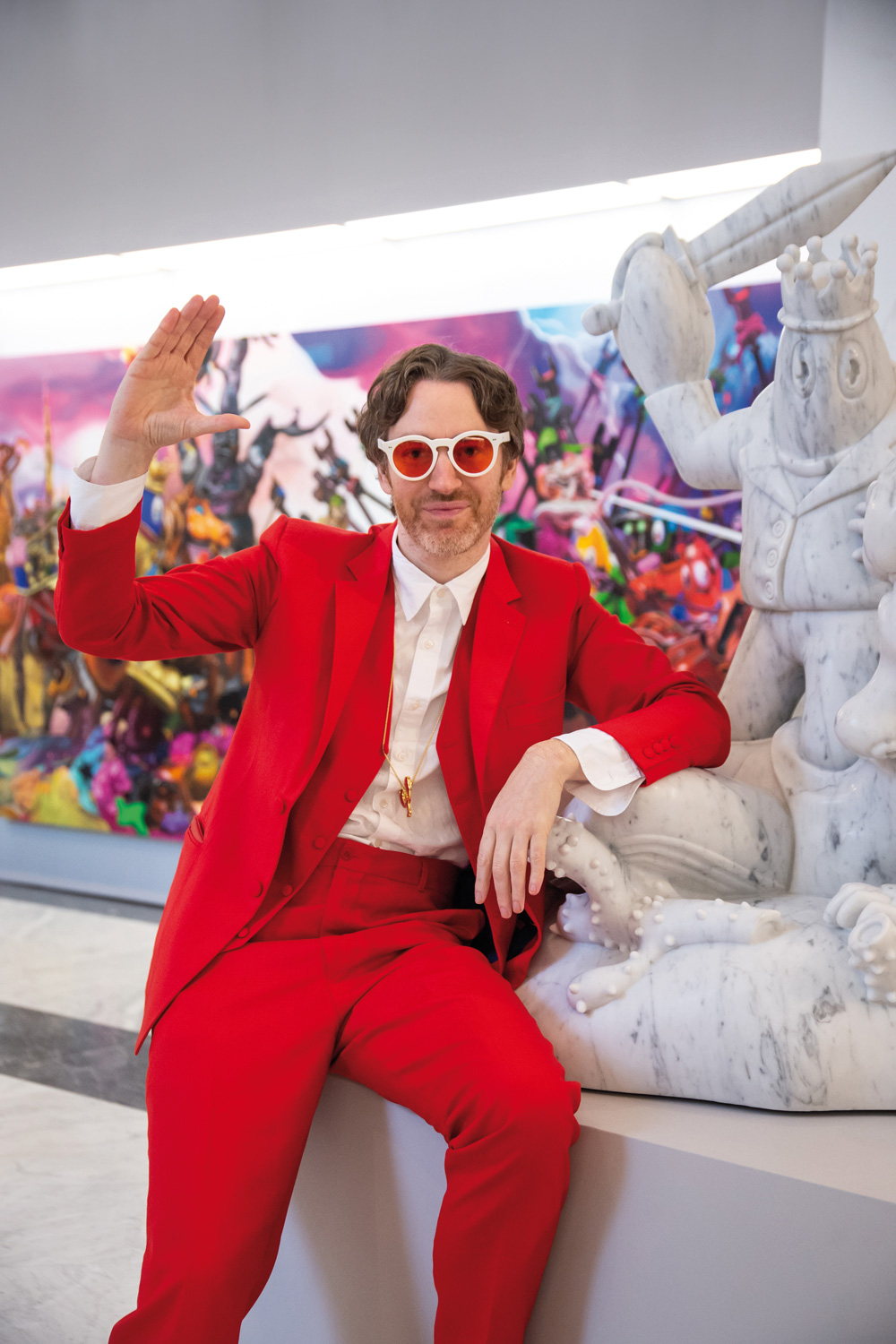
Philip Colbert On The Lobster’s Role In Art And Life
By
11 months ago
The story behind the 2025 Great British Brands cover
The lobster is the lens through which one of our most successful contemporary artists, Philip Colbert, examines the world. What could be a better emblem for our front cover, asks Lucy Cleland
Great British Brands 2025: Inside The Cover With Philip Colbert
You might have spotted it but there’s a lobster on our cover. No kidding. A few months back I might have also raised an enquiring eyebrow about having a shiny red crustacean in a Union Jack suit front the 10th anniversary edition of Great British Brands, but the lobster and I have come a long way since then. The lobster is multifaceted, you see, a metaphor for many things – power, love, death, transformation, temptation, passion, vulnerability – all concepts that an artist loves to wrangle with. And when that artist is Philip Colbert, one of Britain’s best-known contemporary artists, a veritable brand in himself, then it doesn’t feel so incongruous to let this pop art pincer channel what it is to be a Great British Brand – there’s storytelling here. And a big dose of oh-so very British humour.
If you happen to be in East London, you might easily walk past the shabby exterior of the Lobster Monger without further thought. But for those who can step through that portal, a dazzling, kaleidoscopic, pop art world filled with vast canvases, towering sculptures, antique relics and a living interior garden awaits. This is both the home and studio of Philip Colbert – and his wife and fellow artist, Charlotte.
Here, Colbert, 45 – better known as the ‘Lobster Man’ (for obvious reasons) – offers me a cup of peppermint tea, an Ottolenghi pistachio cake and an invitation to plunge into his world. Known for his bold, surrealist creations featuring anthropomorphic lobsters, Colbert has carved a distinctive – and wildly successful – space in contemporary art in blinding technicolour.
What Does The Lobster Symbolise?
The lobster has a storied history in art (and popular culture: George Cole – as Arthur Daley in Minder – used to tell Dennis Waterman: ‘Terry, the world is your lobster’). From ancient Greek pottery to Dutch still lifes and Salvador Dalí’s surrealist Lobster Telephone, it has been a recurring icon of intrigue. ‘In antiquity, it was part of the “triangle of death” with the eel and octopus, symbolising the circle of life. In Dutch painting, it was a symbol of mortality, where its red hue signified death, yet it was often depicted alive, its claws raised as if still moving,’ says Colbert. The paradox of life and death intrigues him. ‘It’s playful and profound – both a visual spectacle and a reminder of impermanence.’
Colbert’s own connection to the lobster began during his time at the University of St Andrews, where he studied philosophy. ‘I was always obsessed with art and symbolism, but I didn’t have the confidence to pursue it at first,’ he recalls. While his peers scribbled away at their dissertations, Colbert threw conventionality out of the window and created a philosophy cartoon series called Plato and Friends, which he filmed by turning his digs into a studio.
The project, which involved creating claymation versions of ancient philosophers, was a playful yet ambitious attempt to make complex ideas accessible. ‘I wanted to prove that storytelling and humour could simplify philosophy without losing its depth,’ he explains. Horrifying some of his tutors, while impressing others with his startling originality, his boldness was vindicated when decades later, St Andrews invited him to exhibit at its new art museum. Colbert saw the opportunity to reflect on his journey, staging an exhibition titled The Death of Marat and the Birth of the Lobster, a nod to the 1793 painting by Jacques-Louis David, featuring the French revolutionary leader Marat, who had graduated from St Andrews with a medical degree in 1775. ‘It felt like a full-circle moment, bringing my art back to where my ideas first took shape.’
Today, Colbert’s work is as much about storytelling as it is about visual assault. His canvases and sculptures teem with symbols: fried eggs, cacti and, of course, lobsters. ‘I’ve always been drawn to symbols that are accessible yet layered with meaning,’ he explains. The fried egg, for instance, represents both the simplicity of everyday life and the philosophical concept of birth. ‘It’s pure, universal and humorous. For me, it’s like a Mondrian of the breakfast table.’
The lobster, however, remains his most iconic symbol. ‘It’s my alter ego,’ he says with a smile. ‘It represents everything I want to explore – identity, consumerism, mortality and the absurdities of modern life.’ In Colbert’s hands, the lobster becomes a lens through which to reinterpret art history and imagine the future. His works often juxtapose classical motifs with contemporary technology, from AI-inspired distortions to sci-fi connected battle scenes. ‘I’m fascinated by the idea of living in the ruins of the past while grappling with the chaos of the digital age,’ he says. ‘Art lets us reconstruct those ruins in unexpected ways.’
Colbert is unapologetic about embracing the concept of the artist as a brand. For him, it’s both a philosophical and practical approach to creativity in the 21st century. ‘Artists like Michelangelo and da Vinci were brands in their own right, even if they didn’t use the term. Their names and styles became synonymous with something larger than themselves. A strong brand taps into something emotional and universal. It’s not just about recognition; it’s about resonance.’
Philip Colbert’s Collaborations
Colbert’s collaborations with global brands reject this ethos. From Adidas to Bentley, he’s worked with companies to create everything from trainers to fried-egg cars. ‘Sportswear brands are particularly interesting to me,’ he says. ‘They’re democratic, aspirational and classless. They make art wearable and accessible.’ A recent partnership with a major toy company in Asia saw Colbert’s lobster figures mass-produced as collectible miniatures. ‘It was pure democratisation,’ he says. ‘Art for everyone.’
While Colbert’s work enjoys huge popularity in Asia (he’s recently had a vast outdoor installation along the waterfront in Singapore), he remains deeply connected to Britain. ‘London is one of the world’s great creative cities,’ he says. ‘It has an incredible legacy of art, music and humour.’ Yet he’s quick to acknowledge the challenges facing young artists in Britain today. ‘It’s not easy to break through, especially with cuts to arts funding,’ he says. ‘But the UK has always had a knack for producing amazing talent. It’s about finding ways to support and celebrate that.’
One way, he suggests, is through stronger partnerships between brands and the arts. ‘Brands have the power to tell stories and bring art to wider audiences. They can step in where government support falls short,’ he says. ‘It’s a win-win. The arts get funding, and brands get to align themselves with creativity and innovation.’
Despite his global reach, Colbert retains a distinctly British sensibility, particularly when it comes to humour. ‘Humour is a great equaliser,’ he says. ‘It stops us from taking ourselves too seriously and lets us poke fun at life’s absurdities. That’s where the lobster comes in – it’s both a symbol of mortality and a cartoonish, ridiculous creature. It’s quintessentially British in its mix of depth and silliness.’
‘For a small island, Britain has made an enormous impact on the world,’ he continues. ‘Our art, music and storytelling are unparalleled. But we need to invest in the next generation. Creativity is one of our greatest strengths – it keeps us relevant.’
Asked if the lobster will remain his muse, Colbert laughs. ‘Forever lobster,’ he says. ‘It’s part of who I am now. And who knows? Maybe one day it’ll evolve into something else. But for now, it’s the perfect companion – a creature of humour, history and a little bit of magic.’
And that is why Colbert’s lobster is a thought-provoking symbol – and an apposite image through which to enter our mysterious, magical, passionate, humorous, curious, challenging world of Great British Brands. So dive on in.

